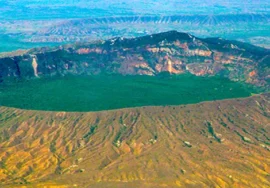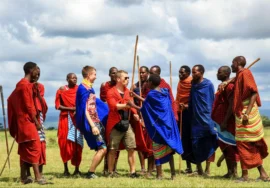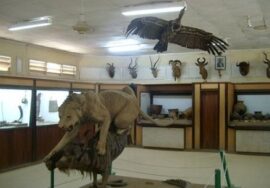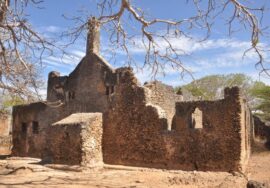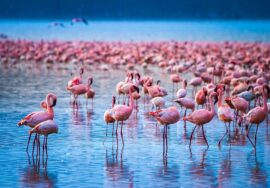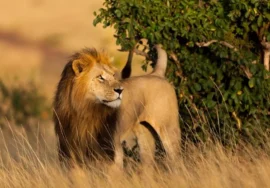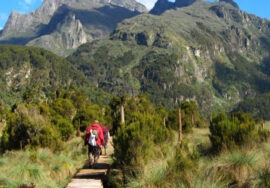
The Man Eaters of Tsavo
The Man Eaters of Tsavo, What’s the big deal with lions eating people? An awful story that happened in 1898 takes place on the Tsavo River in Kenya. What really happened in Tsavo? A story was made up, and then a movie with Michael Douglas was made.
The Past
Many people are still interested in the story of the man-eating Tsavo. It would never be easy to build a railroad line through the middle of Africa. The track from Nairobi to Mombasa went through the Tsavo fields. To cross the Tsavo River, a bridge would have to be built. From the middle of nowhere came a threat that would take 9 months to stop.
It is said that two huge male lions started to attack and drag off many of the bridge workers while they slept in their tents at night. These things kept happening from March to December, even though traps and other safety steps were put in place. At this point, a lot of workers actually ran away, and the building stopped.
After months of failed efforts, Lt. Col. John Patterson, who was in charge of the building project, finally shot and killed both Lions. The Chicago Field Museum always has the reconstructed bodies of these Lions without manes on show. Patterson wrote a book called “The Man-Eaters of Tsavo” about it in 1907.
This story was turned into three movies. The most current one, “The Ghost and the Darkness,” starred Val Kilmer and Michael Douglas. Patterson has given different numbers, which has made it hard to know for sure how many people died in the Lion attacks. Depending on which story you read, the number could be more than 100 or less than 40.
New Research
In reality, lions that eat people are not rare, and it may be because of their surroundings. Scientists have studied museum specimens, historical records, articles, and first-hand reports from people who worked in the field for more than one hundred years. In the 1990s, they looked at this data to figure out what was true and what was false about the Tsavo Lions.
The results made it clear that lions may act in this way when they are in situations made by people that are hard, and they may also do this to find easy prey when they are sick or hurt. One lion had a tooth that was infected. If their normal prey habits are thrown off, lions will take any chance they can to stay alive. Lions in Tsavo mostly hunted Buffalo and Cattle.
Ideas That Could Work
Some people think that when lions lose their natural food to diseases like the Rinderpest (which killed off Buffalo, Cattle, and a lot of other animals in Tsavo in 1898) or because their habitats are destroyed, they may have to look for other animals to eat or start scavenging. There were chances in Tsavo that came in the form of people dying in the area.
Due to lack of food and sickness, there were a lot of bodies that were not properly buried. The bodies that slave caravans and traders left behind as they trekked along the dangerous northern circuit may have also played a role. In any case, it seems that lions got a taste for people, which helped spread the “man-eating legend.”
Researchers who have looked into the Tsavo Lions and other lions in Africa have found that this man-eating behavior is probably learned and is passed down from generation to generation in a pride.


